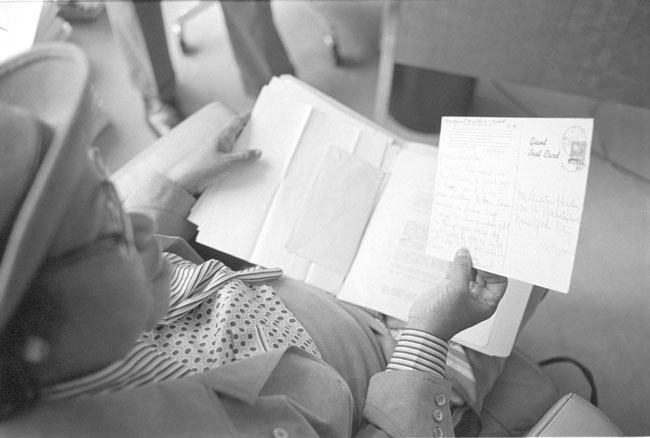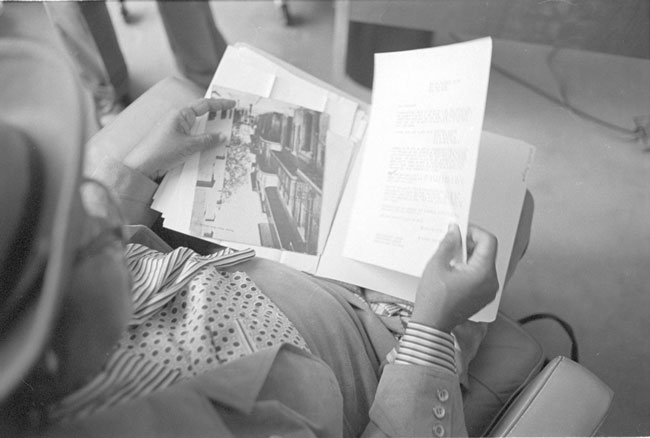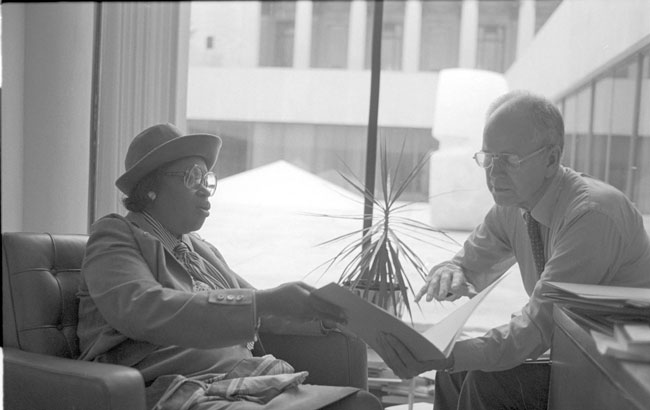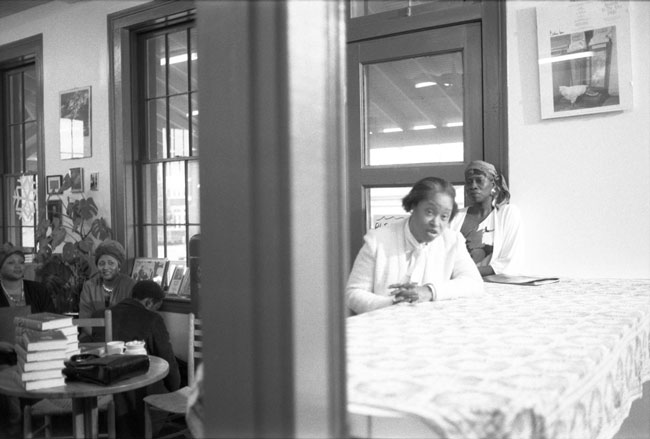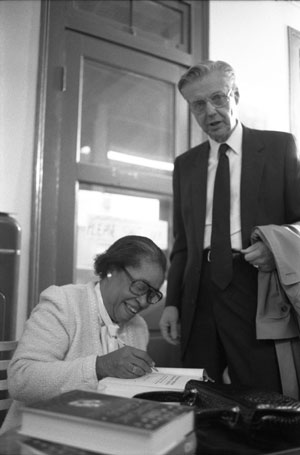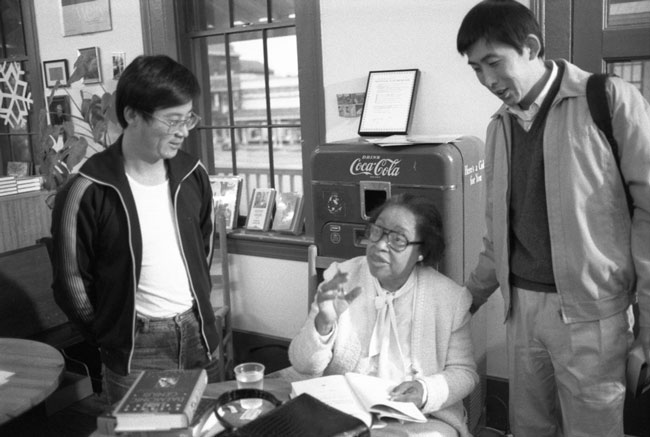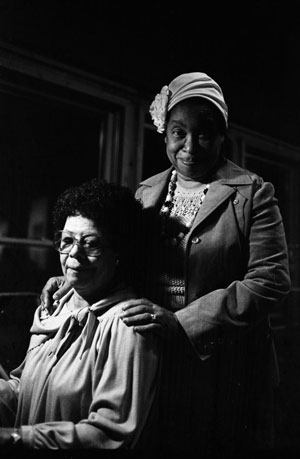Margaret Walker is a person whose presence in our memory grows more intense over time. Her firm voice and her finger shaking to make a point were familiar to all who were privileged to know her. She was a novelist, poet, teacher, and lecturer who commanded admiring audiences at Jackson State University and on college campuses throughout the nation.

When I began my career as a college English professor at Jackson State in the fall of 1970, Margaret was my colleague in the English Department. I lived several doors down from her home on Guynes Street and two doors up from the home where Byron de la Beckwith murdered Medgar Evers on June 12, 1963. I arrived in the fall of 1970, after state and city police killed two students at Jackson State University several months earlier. It was an intense time, and friends who taught at Jackson State and Tougaloo College referred to their lives as being “behind the stockade.”
We looked to Margaret for inspiration, and she did not disappoint us. Margaret told me that for many years her mail was regularly opened and read before it reached her.
Margaret’s response to such racial intimidation was to publically affirm her roots as a writer and scholar by founding the Institute for the Study of the History, Life, and Culture of Black People at Jackson State University in 1968. The Institute was a beacon of light and hope for intellectuals, writers, and poets. It was also an inspiration for the Center for Study of Southern Culture, which was founded a decade later at the University of Mississippi.
Margaret’s pioneering career at Jackson State University grew out of her impressive work as a poet and novelist. Her landmark poetry collection For My People was selected by Stephen Vincent Benét to receive the national writing prize from the Yale Series of Younger Poets Competition in 1942. At that time, she was a major figure in the Black Chicago Renaissance, and she later inspired younger poets in the Black Arts Movement, such as Sonia Sanchez and Nikki Giovanni.
These photographs capture two moments in Margaret’s career—a visit in the Beinecke Library at Yale University in 1978, and a reading and book signing of her Richard Wright: Daemonic Genius at Square Books in Oxford, Mississippi, in 1988.
At the Beinecke Library, Walker visited with Donald Gallup, curator of the Collection of American Literature. Gallup showed Walker letters in the Beinecke that she had written to Richard Wright, and they spoke about her friendship with Wright, Langston Hughes, and other figures in the Harlem Renaissance.

While at Yale, Walker also spoke with faculty and students about black writers at a tea hosted by Charles Davis, Master of Calhoun College, in his living room. Davis was the first African American to be awarded tenure at Yale and the first black master of John C. Calhoun College. As a Resident Fellow in Calhoun College and a professor in the Afro-American Studies Program, which Davis chaired, I helped arrange Walker’s visit. Her visit at Yale allowed her to gather research materials that she used in her biography of Richard Wright.
A decade later, Margaret Walker’s reading at Square Books in Oxford, Mississippi, drew a large, enthusiastic audience. The audience included Louis Dollarhide, professor of English at the University of Mississippi, who was an old friend of Walker.
In Oxford, Walker was accompanied by her close friend Aurelia Young, president of the Jackson office of the National Council of Negro Women. Young’s husband, Jack Young, was an important civil rights attorney in Jackson. The Young home was a gathering place for civil rights leaders in Mississippi, just as Walker’s home was a literary salon for writers.

These photographs suggest a literary symmetry as they capture Walker engaged in research for her forthcoming biography of Richard Wright, and—a decade later—as she celebrated the publication of that book. Her unwavering determination in pursuing her biography of Wright was but one of many tasks she set out to accomplish and completed during her vibrant life.
Photography by William Ferris, William R. Ferris Collection, Southern Folklife Collection, Wilson Library, University of North Carolina at Chapel Hill







